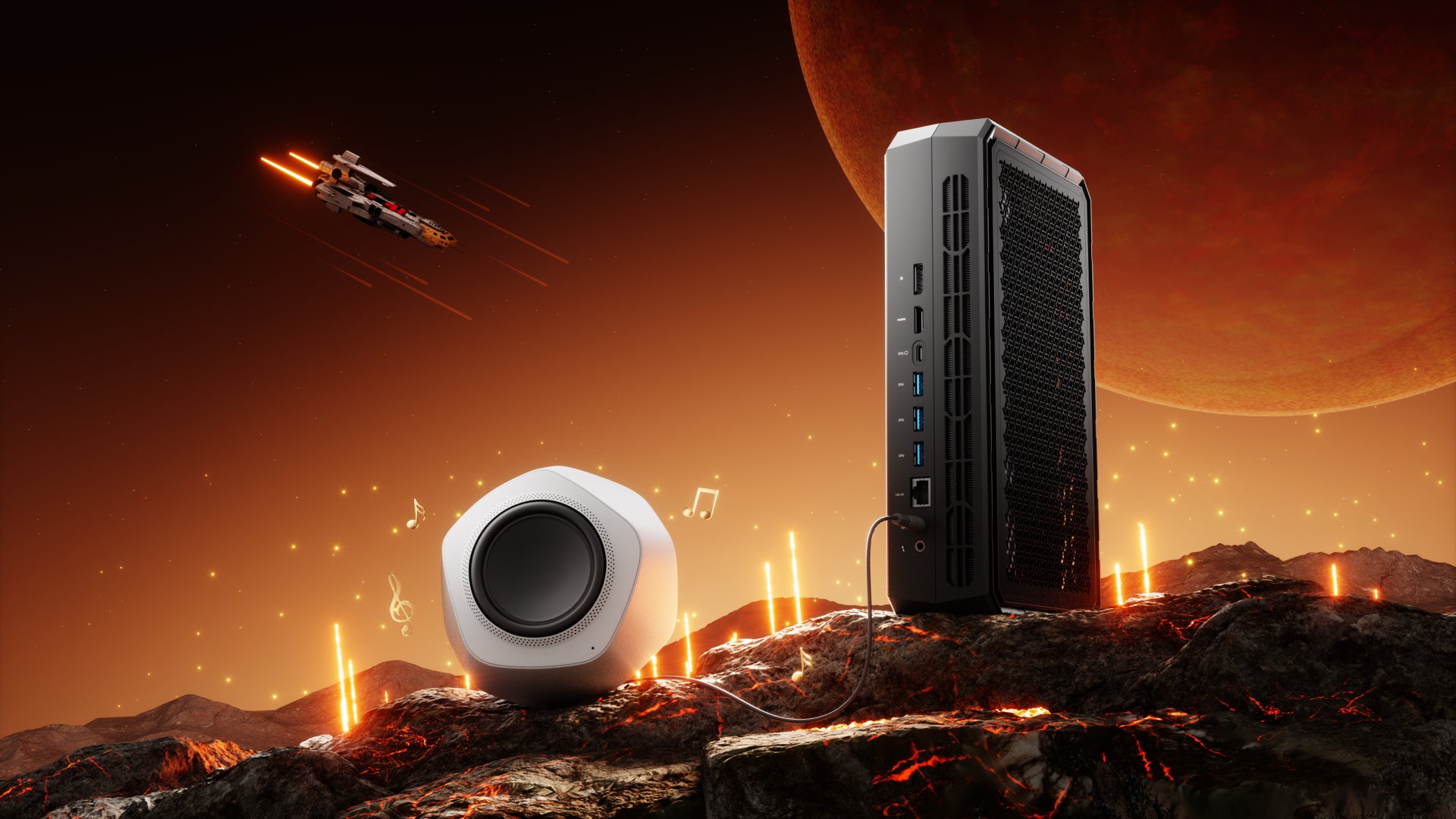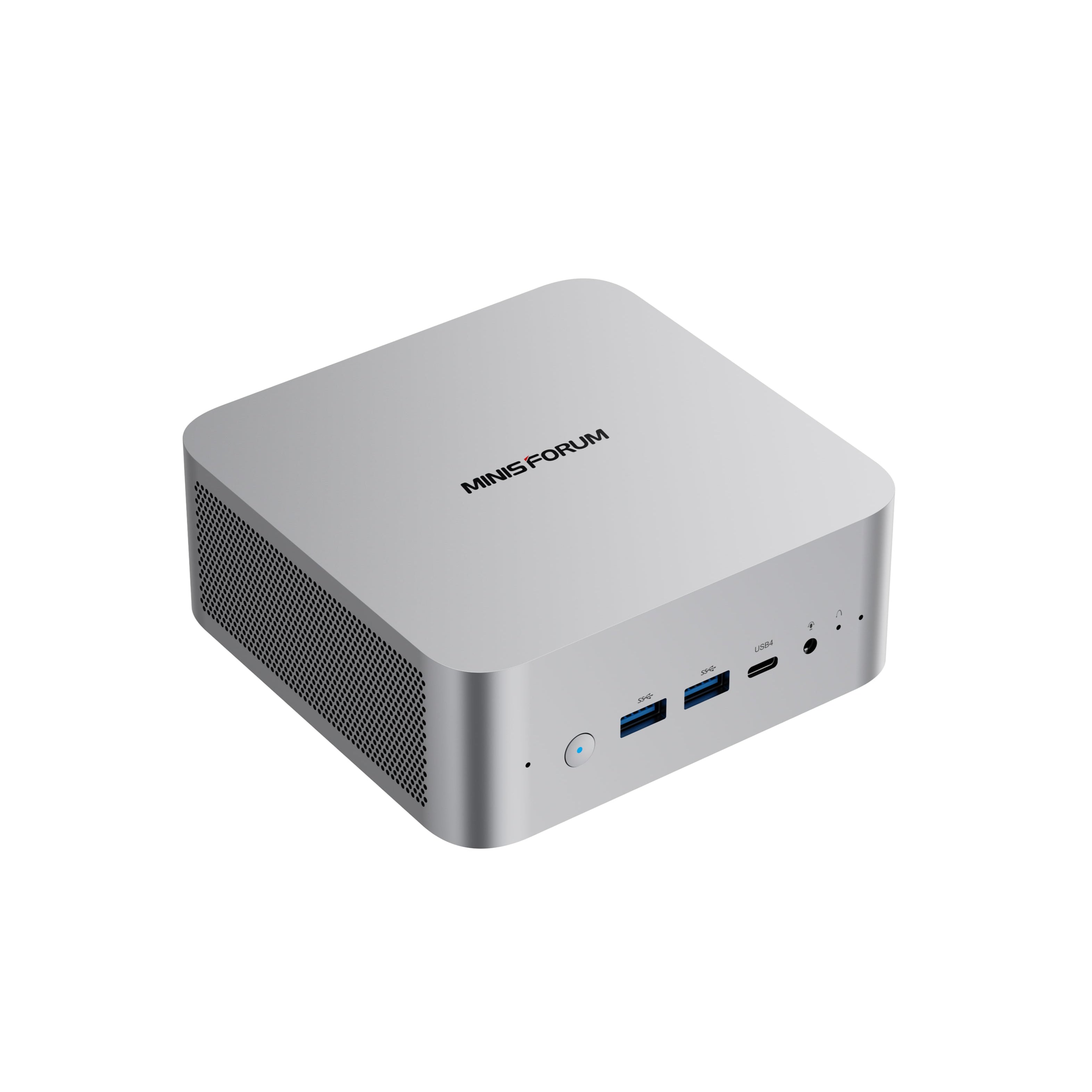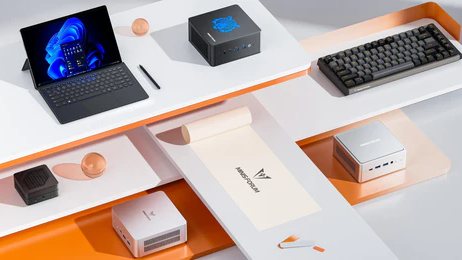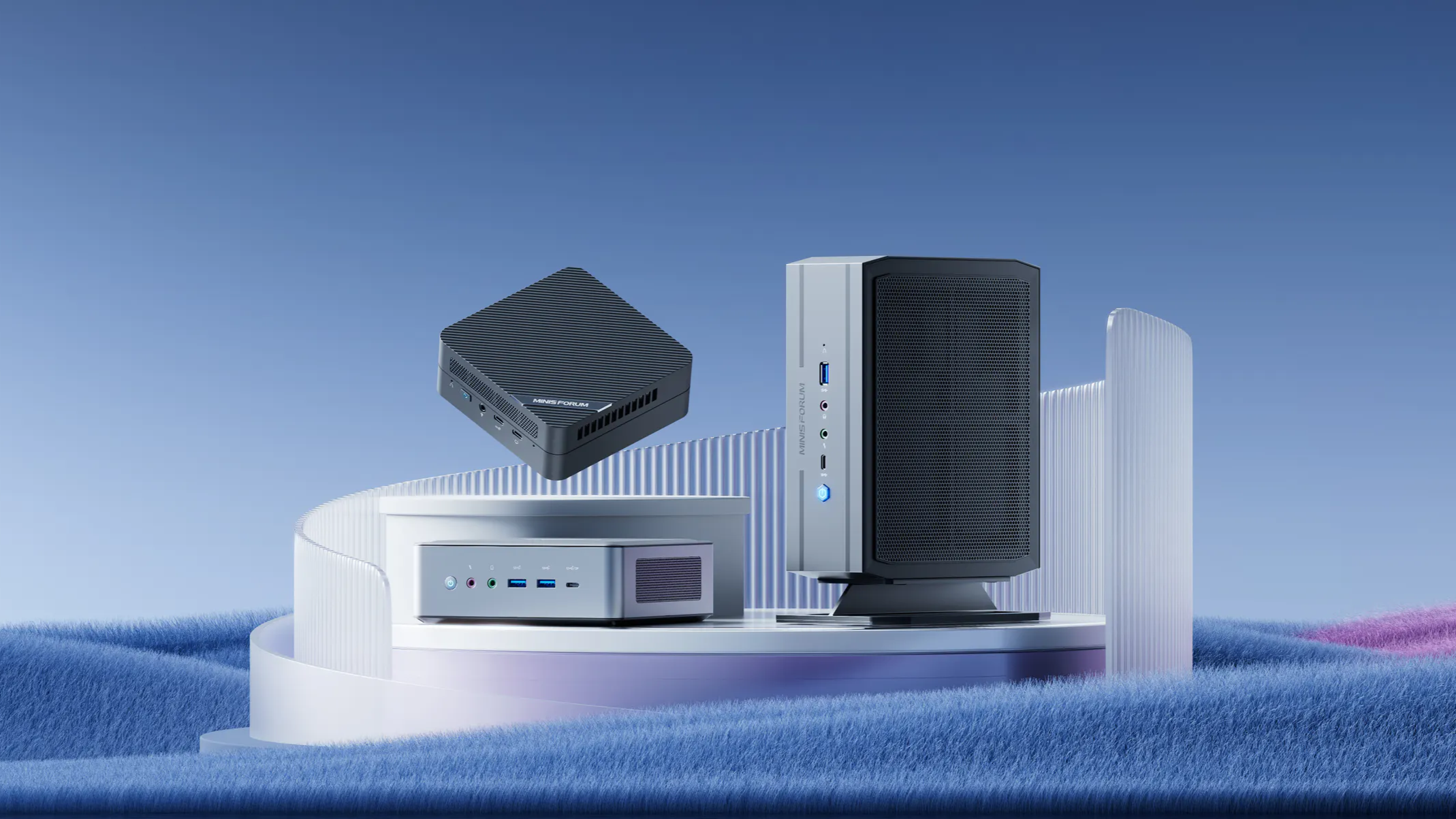AtomMan G7 TI & G7 PT: Performance differences and how to choose?
With the rapid development of the mini PC industry, an increasing number of mini PCs are becoming available to the public.
AtomMan Mini PC has launched two 3A gaming mini PCs: the G7 TI and G7 PT. How should users choose between them? To assist you in making this decision, we will briefly explain the performance differences between these two mini PCs.
The main specifications of the G7 TI and G7 PT are as follows.
AtomMan G7 TI :
Intel® Core™ i9 14900HX、NVIDIA® GeForce RTX™ 4070 8G、DDR5 5600MHz、Max 96GB)
AtomMan G7 PT :
AMD Ryzen™9 7945HX、AMD Radeon™ RX 7600M XT 8G、DDR5 5200MHz、Max 96GB)
AtomMan G7 Ti
AtomMan G7 PT
The performance data for CPU-Z, R23, and 3DMARK, as well as the overall CPU and hardware stress tests, were all conducted in gaming mode.
The device features buttons on the side to switch between gaming and office modes. You can easily switch between them with a simple click, making it very convenient.
The CPU-Z test results show that the G7 TI outperforms the G7 PT in single-core performance testing. This indicates that the G7 TI will generally perform better in many gaming scenarios, which aligns with Intel's strengths.
Thanks to its 16-core design, the G7 PT excels in multi-core performance compared to the G7 TI, giving it an advantage in industrial applications.
>>This was also demonstrated in the R23 performance test.
In 3DMARK, we tested the difference between DX12 and DX11 for the AtomMan G7 TI’s GeForce RTX 4070 and the AtomMan G7 PT’s Radeon™ RX 7600M XT.
During the DX11-based "Fire Strike" test, the results for both GPUs were very similar.
In the DX12-based "Time Spy" test, the performance of the 4070 was nearly 20% higher than that of the 7600M XT. This suggests that in the future, when most games adopt DX12 technology, the frame rates of the 4070 will exceed those of the 7600M XT, while this difference will be smaller for DX11 games.
Following the CPU and GPU performance tests, we conducted power consumption tests, CPU stress tests, and hardware stress tests.
In the CPU stress test, the results were as follows: the G7 TI's i9 14900HX stabilized at 90W with a temperature maintained at 77°C, while the G7 PT's R9 7945HX stabilized at 85W with a temperature of 70°C. Both models performed well in terms of temperature management.
*During the hardware stress test, the G7 PT needed to disable the 610M integrated graphics to avoid power conflicts with the 7600M XT.
In the hardware stress environment, the G7 TI had a power consumption of 55W + 130W, with temperatures of 75°C + 84°C. The G7 PT, on the other hand, had a power consumption of 85W + 120W, with temperatures of 85°C + 74°C. In terms of performance release, both G7 PT CPUs stabilised at a power consumption of 85W.
Next, I used the built-in game testing tool to test Black Myth: Wukong. The frame rate performance under the same screen setting is as follows:
Under the same 1080P high-quality settings and 100% rendering, the G7 TI had a higher test frame rate than the G7 PT. Additionally, the G7 PT exhibited higher frame rates in both “FSR” and “TESR” “super sampling” modes. Overall, the “TSR” mode outperformed the “FSR” mode. In summary, both the G7 TI and G7 PT were able to run [Black Myth: Wukong]
Smoothly, with the G7 TI demonstrating superior overall performance.
Based on the test results, we conclude the following:
If you play online games and seek a stable system with good game optimisation and high frame rates, we recommend the G7 TI.
If you primarily play single-player games, engage in heavy multi-threaded tasks for everyday use, and are looking for value for money, we recommend the G7 PT.
As mentioned above, we advise customers to choose a mini PC that best suits their actual needs and budget.
👉Click Here: AtomMan G7 TI & AtomMan G7 PT









